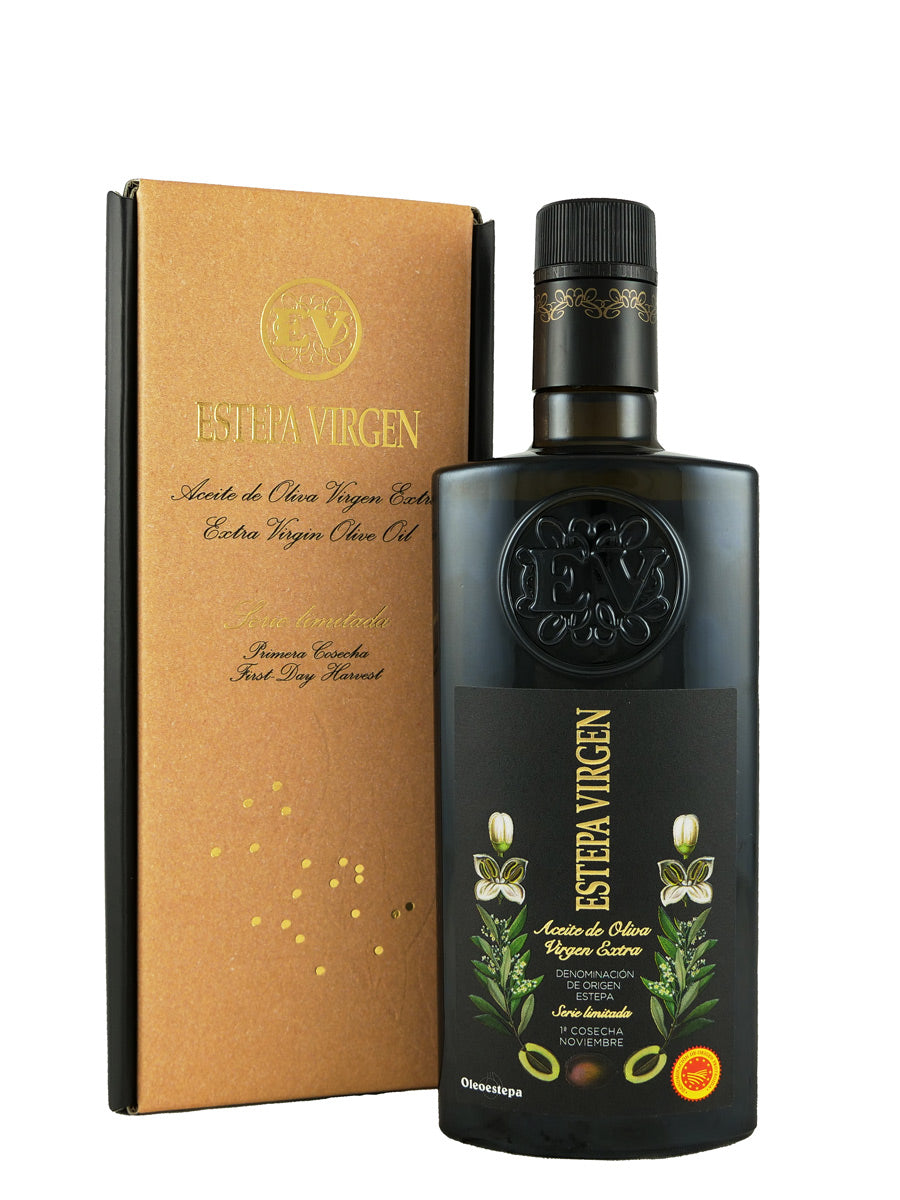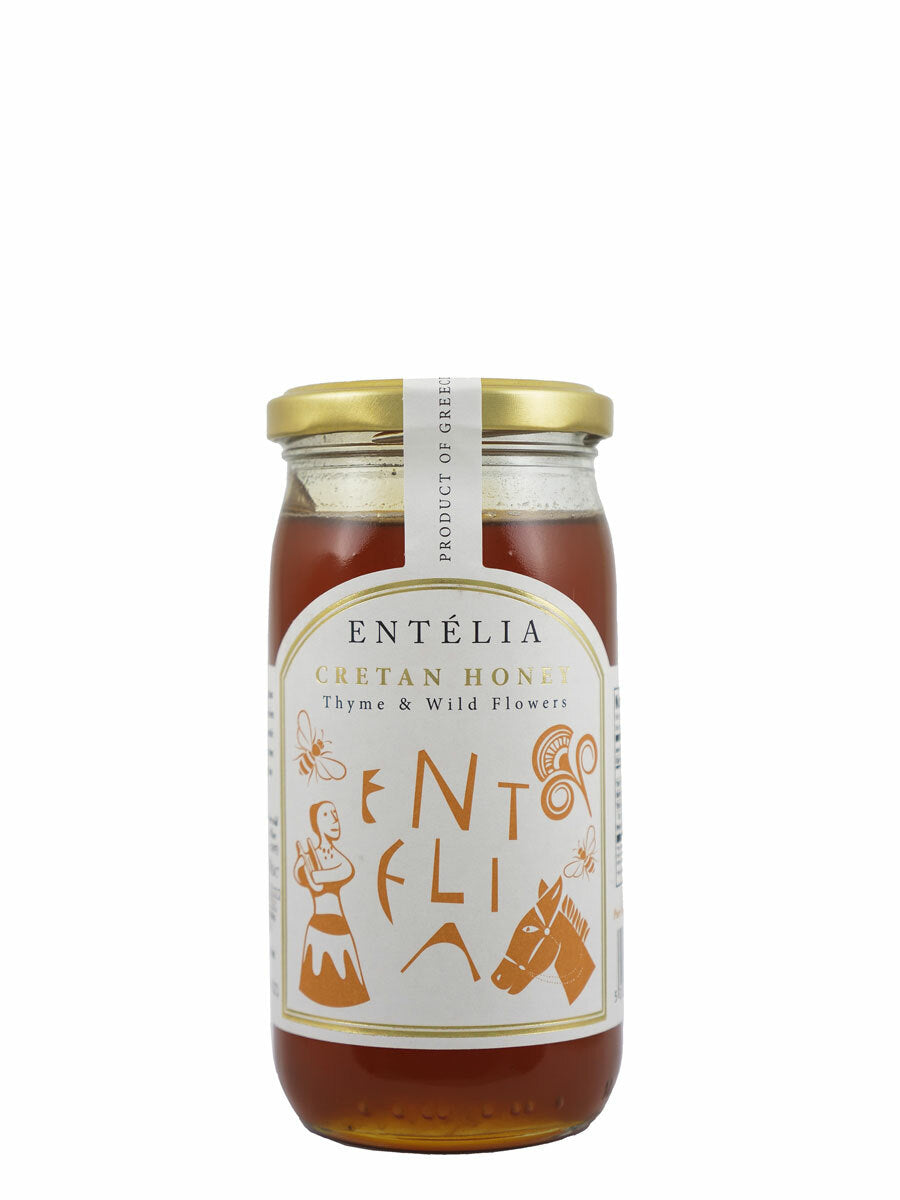Chateau de Montfrin Huile D'Olive 2022 Harvest
This mild intensity organic extra virgin olive oil produced from both green and ripe Arbequina olives has notable aromas of grass and green herbs. Try pairing with garden salads and soft cheese.
Organic Extra Virgin 16.9 fl oz (500ml)
Certified organic olive oils use organically grown olives and meet organic production standards for their region. Extra virgin olive oil is the highest quality olive oil. By definition it must have some fruity flavor, zero defects, free fatty acid level below 0.8%, and be derived by cold extraction below 27°C ~ 80°F.
Varietals: Arbequina, Arbosana
There are hundreds of olive tree varieties, each with its own distinct taste and aromas.
Intensity: Mild
Intensity correlates to the amount of bitterness and/or pungency experienced when consuming an extra virgin olive oil. An olive oil with little bitterness that creates little to no sensation in the back of the throat is considered mild. A very bitter olive oil that causes a slight burning or spicy sensation in the mouth and throat is robust. We rate intensity between 5 values: Mild, Medium, Medium Robust, Robust and Extreme.
Harvest Date: Fall 2022
As a fresh food product, properly stored olive oil should be consumed within 2 years from the time of harvest for best flavor. Harvest runs from October through January in Northern Hemisphere regions, and from April through July in Southern Hemisphere regions.
Pairs Well With
-
Garden Salads
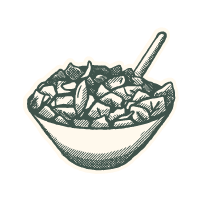
-
Soft Cheese

-
Roasted/Grilled Veg
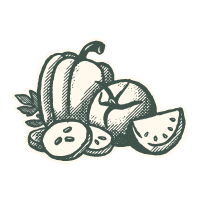
-
Broiled Fish
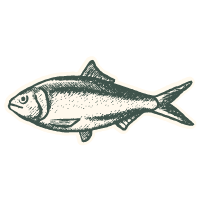
-
Grilled Fish
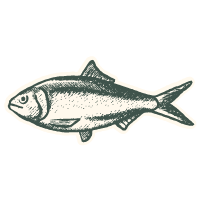
-
White Meat

The eponomous olive oil from Chateau de Montfrin is produced from a blend of organic Arbequina and Arbosana olives grown on their Southern France estate situated between the rivers Rhône and Gard. The oil is mild but very fresh with notes of grass and rosemary. Excellent paired with with delicate dishes, try it also with leafy green salads and for finishing fish and white meat.
Nutritional Value
Extra virgin olive oil is arguably the best edible oil with its pleasant flavor, antioxidant properties and health benefits. Rich in monounsaturated fatty acids, fat-soluble vitamin K, and vitamin E, extra virgin olive oil is also a gluten free food.
| Nutrition Facts | Serving Size 1 tablespoon (15ml) |
|---|---|
| Calories 120 | % of Daily Value* |
Total Fat 14g
| 18%
|
| Cholesterol 0 mg | 0% |
| Sodium 0 mg | 0% |
| Potassium 0 mg | 0% |
Total Carbohydrate 0 mg
| 0%
|
| Protein 0 g | 0% |
| Vitamin A | 0% |
| Vitamin B-6 | 0% |
| Vitamin C | 0% |
| Vitamin D | 0% |
| Calcium | 0% |
| Cobalamin | 0% |
| Iron | 0% |
| Magnesium | 0% |
*Percent Daily Values are based on a 2,000 calorie diet. Your daily values may be higher or lower depending on your calorie needs.
-
Why Buy Olive Oil Online?
It is a proven fact that in just eight hours of close exposure to strong fluorescent lights, a bottle of olive oil packed in a clear glass bottle will be totally destroyed having lost its color, flavors and aromas. While oil packed in a dark glass bottle offers considerably better protection, it too becomes vulnerable when exposed to strong light and can be completely destroyed in less than a week, which makes purchasing olive oil in a supermarket a less than desirable prospect.
Beyond that, the vast majority of the oils sold in the USA have inadequate or even misleading labels. The consumer is given little to no information as to where the oil was actually produced or from what variety of olives it was made, but most importantly, WHEN the oil was harvested.
-
What Are Some Of The Best Olive Oils?
Simply put, the best olive oils are extra virgin olive oils. However, adulteration of extra virgin olive oil is a hot topic in the past and present, and many studies continue to examine the contents inside a bottle of olive oil. This problem still persists in the industry, especially at the supermarket level.
That's why we created Olive Oil Lovers: to bring some of the world's best olive oils from the most trusted producers to the U.S. market. All of our producers are quality driven in their manufacturing practices. We also conduct an intensive screening of every producer and product on our site - often visting their estates and seeing their practices first-hand - and accept only producers who meet our high standards. To go the extra mile, all of our imported oils are proven extra virgin through chemical analysis in accordance to strict European Union regulations. Therefore, you can trust that any oil you purchase with us at Olive Oil Lovers will be genuine, 100% extra virgin olive oil.
-
How Long Will Olive Oil Last After The Harvest Date?
There are two dates that producers may choose to print on a bottle, using either one or both. The "Use By" date is what our producers put on their products to say, "use when at its freshest quality." The taste and quality of the oil doesn't typically diminish over time though, unless it's open and exposed to oxygen.
The "Harvest Date" is when the olives for the oil were actually picked and crushed. This date can be any time between late October to mid-December for the Northern Hemisphere, and these new harvest olive oils begin to arrive in the United States in February and March the following year. For oils from the Southern Hemisphere, from countries such as Chile or South Africa, harvest occurs any time between late April to mid-June.
-
When Is Olive Oil Considered Past its Prime?
While this answer can vary depending on the olive variety, time of harvest, and how the product is stored, in general an extra virgin olive oil will retain much of its flavor and aromas for 18-30 months in an unopened container. However, any exposure to light and/or oxygen will begin to degrade the oil. Once opened, olive oil should be consumed ideally within 1-2 months, with a maximum of perhaps 4-6 months. When purchasing a 3L or 5L tin, if the oil is typically not consumed within this timeframe, we recommend decanting the oil into smaller, sealed containers and storing in a cool, dark place.
Olive oils with higher polyphenol counts will have a longer shelf-life. Higher polyphenol numbers are the result of both the olive variety and when the olive was harvested. Green olives harvested early in the season produce less oil, but have higher polyphenol counts than oils from ripe olives. You can find the polyphenol counts for many of our extra virgin olive oils listed on their product page.
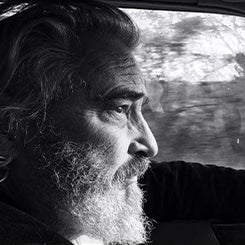
Chateau de Montfrin
Chateau de Montfrin produces organic olive oils from olives grown in the French countryside between the provinces of Languedoc and Provence and between the Gard and Rhône rivers. The company manages over 500 acres, with half devoted to grape production for wine and the other half for olives and other agricultural products. The olive grove now has more than 120,000 trees planted over the past 20 years with different cultivars originating from Provence, Tuscany, Catalan and Languedoc.
Their olive mill, known as "The Mill of the Shadows," serves many farmers in the region, and employs the latest technology to ensure the integrity and purity of the fruit juice and to enhance its organoleptic characteristics. The word Montfrin comes from the latin "Mons Fremens", which translates as "mountain of wild animals," referring to a time when animals used the hills to flee the flooding rivers below. As founder Jean-René de Fleurieu says, "Nowadays other 'animals' live here; some of them even grow vines and olives.

Chateau de Montfrin
Chateau de Montfrin produces organic olive oils from olives grown in the French countryside between the provinces of Languedoc and Provence and between the Gard and Rhône rivers. The company manages over 500 acres, with half devoted to grape production for wine and the other half for olives and other agricultural products. The olive grove now has more than 120,000 trees planted over the past 20 years with different cultivars originating from Provence, Tuscany, Catalan and Languedoc.
Their olive mill, known as "The Mill of the Shadows," serves many farmers in the region, and employs the latest technology to ensure the integrity and purity of the fruit juice and to enhance its organoleptic characteristics. The word Montfrin comes from the latin "Mons Fremens", which translates as "mountain of wild animals," referring to a time when animals used the hills to flee the flooding rivers below. As founder Jean-René de Fleurieu says, "Nowadays other 'animals' live here; some of them even grow vines and olives.


